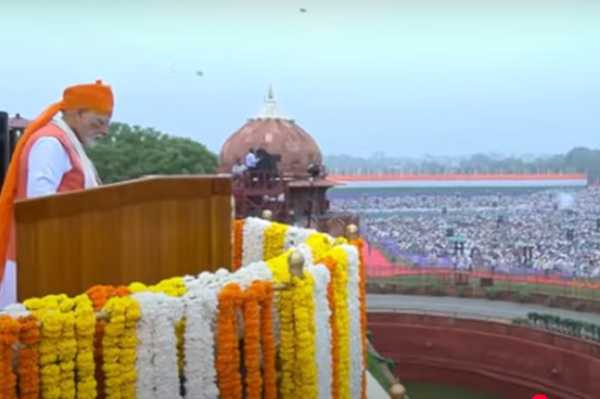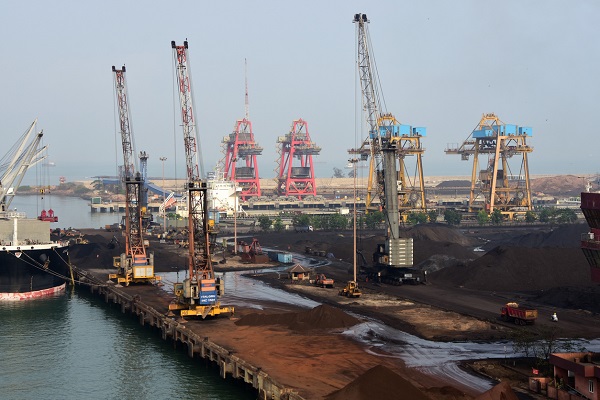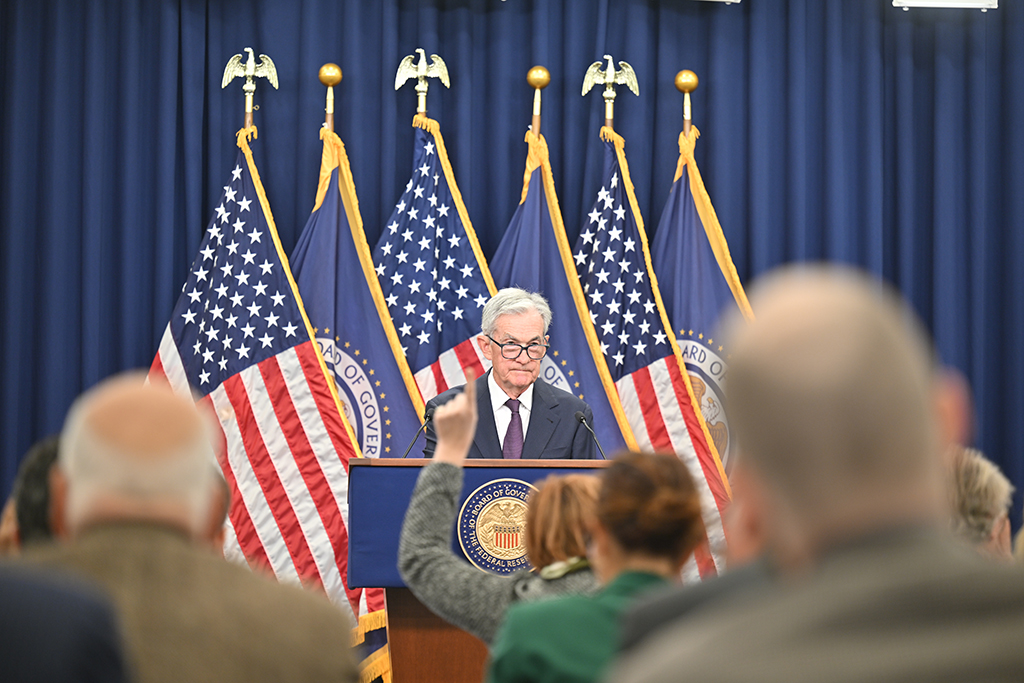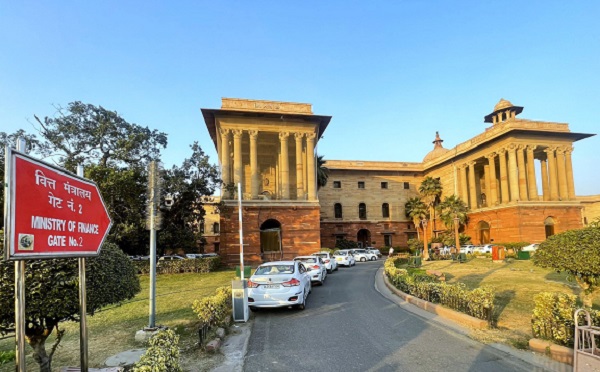.png)
August 15, 2025 at 4:34 AM IST
Prime Minister Narendra Modi on Friday used the occasion of India’s 79th Independence Day to issue a sweeping call for deeper self-reliance, spanning energy, critical minerals, defence, food security and technology.
Speaking from the ramparts of the Red Fort for the twelfth year in a row, he cast Aatmanirbhar Bharat as the bedrock of a developed India and a shield against rising external risks, chief among them a fresh round of US tariffs that will push the duty burden on Indian goods to 50%.
The address blended symbolism and strategy, presenting economic and strategic independence as inseparable in safeguarding national strength. Modi placed the concept of Aatmanirbhar Bharat at the heart of his message, framing it as a national project that stretches far beyond trade balances or currency flows.
Overdependence on others, he warned, risked eroding the very meaning of freedom.
The sharper edge this year came from Washington’s decision to impose a 25% tariff and a further 25% charge on Indian goods, a move linked to New Delhi’s energy purchases from Russia.
The tariff shock, coupled with a volatile global environment, has given new urgency to policies designed to reduce vulnerabilities and strengthen domestic capacity.
Modi linked the self-reliance agenda to protecting domestic constituencies most exposed to trade disruptions. Farmers, livestock keepers and fishermen, he stressed, remain at the core of policy priorities, with no compromise on their interests in any negotiation.
This positioning reinforced the perception that India’s trade and industrial strategy is being recalibrated to face an era of heightened geopolitical friction.
The Red Fort speech also doubled as a policy platform, with a cluster of announcements aimed at bolstering jobs, easing tax burdens and upgrading security.
Chief among them was the launch of the ₹1 trillion Pradhan Mantri Viksit Bharat Rojgar Yojana. The scheme will channel ₹15,000 to each young person securing a job in the private sector, with incentives for recruiters, and is expected to benefit around 35 million youth.
Coming at a time when global growth is slowing, the measure is designed to push formal hiring and feed household consumption.
Tax Relief
Economic relief for households is also in the works through Next Generation GST reforms. These changes are intended to reduce the tax burden on essential goods, making daily-use items more affordable.
The government aims to roll out the reforms by the Diwali season, a timing that underlines both the consumer and political calculus behind the move.
Energy security figured prominently.
A National Deepwater Exploration Mission will seek to speed up the discovery of domestic oil and gas reserves, part of a broader plan to cut import dependence. In a significant expansion of the nuclear programme, Modi announced plans to develop 10 nuclear reactors to increase atomic power output roughly tenfold by 2047, making nuclear energy a central pillar of India’s long-term baseload supply.
In technology and manufacturing, Modi highlighted progress towards semiconductor self-sufficiency, with locally produced chips due on the market this year.
The space sector was given a similar treatment, with plans for an indigenous space station and the growth of an ecosystem that already includes 300 domestic startups. By placing space in the self-reliance frame, the government signalled its ambition to capture a larger share of high-technology industries while reducing dependence on foreign systems.
Iron Dome
Defence modernisation formed the other major strand.
Modi announced Mission Sudarshan Chakra, a decade-long project to develop an indigenous air-defence shield akin to Israel’s Iron Dome. Fully designed and built in India, the system will be deployed as part of a network of security domes at strategic locations.
In an era of changing warfare, security infrastructure is a prerequisite for sustained growth, he said.
Smaller, symbolic pushes were also folded in. Modi encouraged young entrepreneurs to create a home-grown social media platform, signalling that digital sovereignty is as much a part of the self-reliance push as industrial or defence capability. He even urged shopkeepers to display that they sell swadeshi goods, a gesture intended to make the concept visible in daily life.
By weaving together announcements on employment, tax reform, energy exploration, semiconductor manufacturing, space, and defence, the address underscored that self-reliance is being positioned as a comprehensive national direction rather than a single policy track.
The current global backdrop, marked by trade tensions, supply chain disruptions and competition in advanced technologies, is being cast as an opportunity to speed up capability-building at home.
The programme of measures unveiled at the Red Fort suggests New Delhi is preparing for a period of sustained global volatility and potential geopolitical strain.
By moving simultaneously on job creation, industrial competitiveness and strategic autonomy, the government is presenting self-reliance as both an economic growth strategy and a national security imperative. The explicit link to the US tariff threat this year underlined how external pressures are now shaping the domestic policy timetable.




